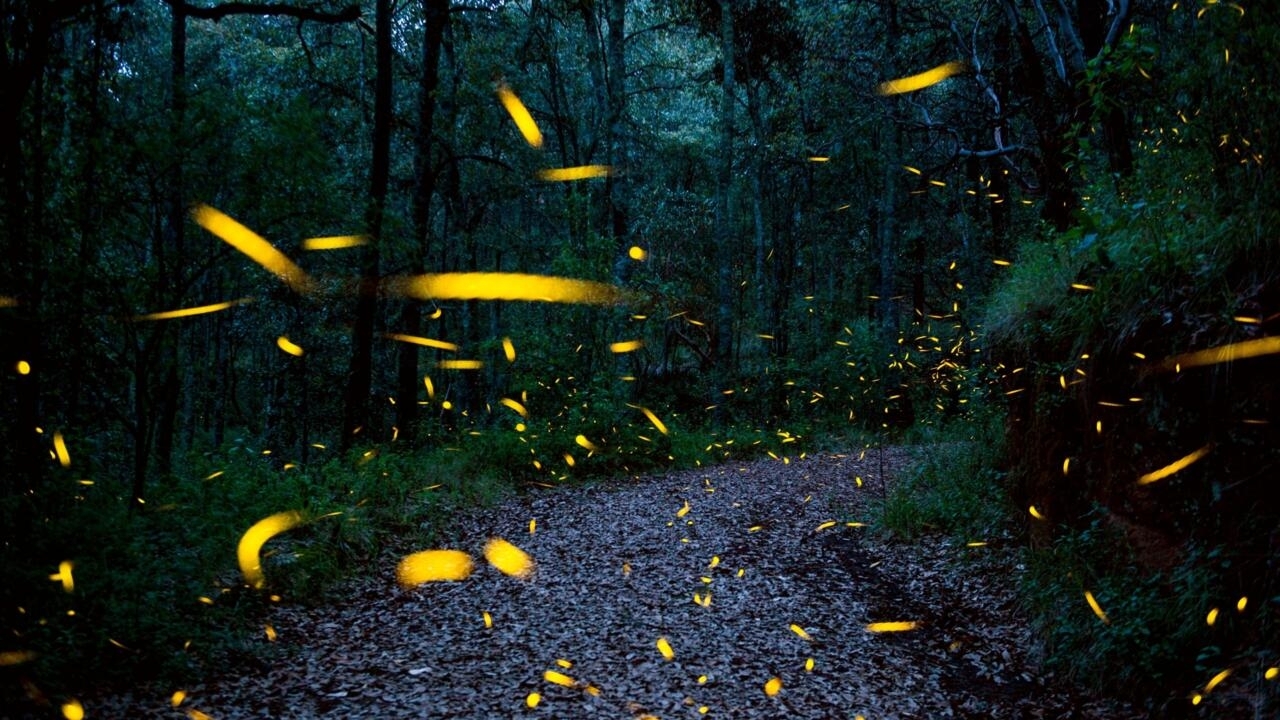“Nature has spent hundreds of millions of years optimizing elegant solutions to extremely complicated problems. So if we look at it, we could buy time and immediately find valid solutions,” Alon Gorodetsky, from the University of California, told AFP.
Since hotplates with squid skin and cow mucus to combat sexually transmitted virusesthis is a selection of the scientific studies published in 2022 inspired by nature.
– Gombo to stop bleeding –
The gombo, a tropical plant that is mainly used in Creole or African dishes, can work miracles in cooking and medicine.
This green vegetable, with a gelatinous texture, was studied in depth by Malcolm Xing, from the University of Manitoba, in Canada, and discovered that an effective bioadhesive gel can be created from its juice (squeezed, dried and subsequently turned into a powder). able to form a barrier physical and activate the blood clotting process.
This could serve as the basis for a kind of natural “dressing” to quickly stop bleeding during surgical interventions.
Tested on heart and liver wounds in dogs and rabbits, the gel stopped bleeding in one minute, without the need for sutures.
In the next few years it will be tested in humans.
– Cow mucus against STDs –
When you think of cow mucus, your first reaction is disgust. But a study carried out in September suggests that a lubricant based on this substance could be effective in stopping the spread of sexually transmitted diseases (STDs) such as HIV or herpes.
The mucus contains a protein called mucin that might have antiviral properties.
The scientists took it from the salivary glands of cows and turned it into a gel that, when it comes in contact with small viruses, can kill them. Laboratory tests showed that this lubricant could reduce the risk of HIV infection by 70% and herpes by 80%.
However, these studies are still in the preliminary phase, warned the researchers, unlike condoms, whose efficacy has been more than demonstrated.
– Firefly robots for rescue missions –
The fireflies that illuminate the night sky have inspired scientists at the Massachusetts Institute of Technology (MIT) to create tiny robots capable of emitting light when they fly.
To do this, they equipped the robots with wings fitted with artificial muscles, called activators, to which electroluminescent particles were added.
When robots are equipped with captors, they could autonomously intervene in rescue missions in collapsed buildings, accessing areas that larger robots cannot reach.
– Ants to detect cancer –
Detecting cancers with current methods (magnetic resonance, mammograms…) is usually expensive and invasive.
For this reason, scientists are investigating with animals, such as dogs, but also ants.
In a study conducted by the Sorbonne University Paris Nord, which has not yet been peer-reviewed, scientists used a sweetened water reward to prompt a species of ant to smell the difference between the urine of mice with and No cancerous tumors.
A hundred ants managed to detect ovarian cancer and two types of breast cancer in 95% of cases.
To train a dog in this work, it takes at least six months. The ants, in less than an hour are already operational.
– Squid skin to keep coffee hot –
The marine cephalopod has tiny organs called chromatophores capable of radically changing size or color. Inspired by this, Alon Gorodetsky, co-author of a study published in Nature Sustainability in March, prepared “small metal islets that can be pushed out of the way” and shrunk to create packaging capable of regulating the level of heat.
This could be useful for keeping sandwiches or coffee warm, for example.
“Nature is truly the quintessence of innovation and engineering,” said the researcher.
The entrance With robot fireflies and ants against cancer, nature comes to the rescue of humanity was first published on newspaper TODAY.


















